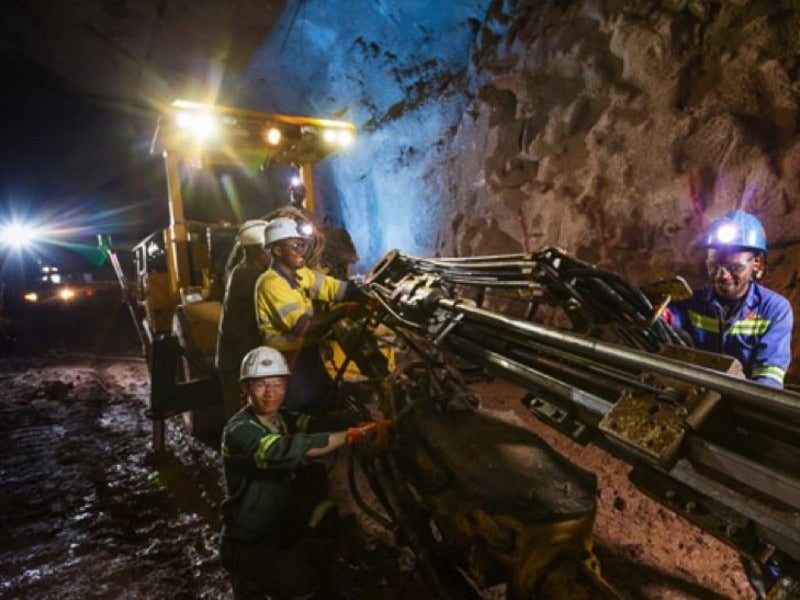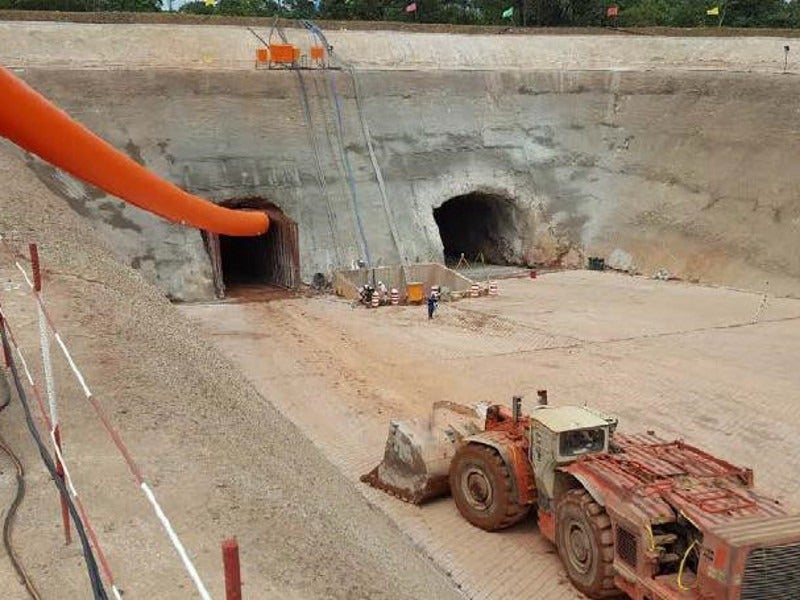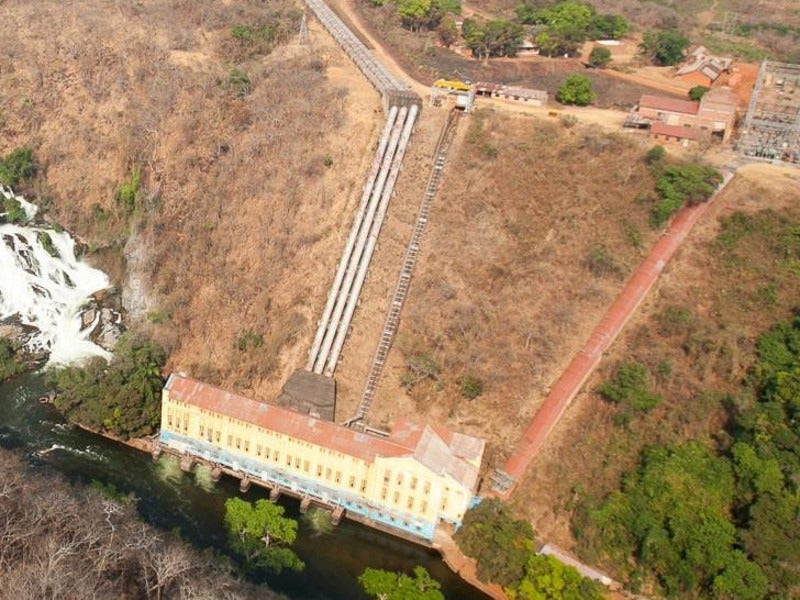Kamoa-Kakula copper project is a high-grade copper project being developed in the Kolwezi District of Lualaba, Democratic Republic of Congo (DRC).
Pre-feasibility study (PFS) for the Kakula copper mine was completed in February 2019. The preliminary economic assessment (PEA) focused on expanding the production at Kakula-Kamoa project was also announced in February 2019.
With an estimated production rate of 18Mtpa, the project is expected to become the world’s second biggest copper mine. It is estimated to produce more than 700,000t of copper a year.
Kamoa Holding, a joint venture between Ivanhoe Mines (39.6%), Zijin Mining (39.6%) and the government of the Democratic Republic of Congo (20%), is developing the project. Crystal River holds an indirect 0.8% stake in the project.
Kamoa-Kakula copper project development details
The Kamoa-Kakula copper project includes the development of Kamoa and Kakula copper deposits, which are situated 11km apart.
Being developed in three stages, the project will include the construction of three separate 6Mtpa mines and an integrated processing and a direct-to-blister smelter. The first 6Mtpa mine will be developed at Kakula at an estimated development cost of $1.1bn.
The second mine will use the existing twin declines at Kansoko mine and increase the mining rate to 12Mtpa. The third and final mine will be established at Kakula West to further increase the mining rate to 18Mtpa.
Ore mining at four other mines in the Kamoa North area will be commenced following the depletion of ore at Kakula and Kansoko.
Kamoa-Kakula copper project location, geology, and mineralization
Located approximately 25km from Kolwezi, the Kamoa- Kakula project is classified as a sediment-hosted stratiform deposit.
Copper mineralization at Kamoa-Kakula is made up of three distinct styles namely – supergene, hypogene, and mixed. Leached diamictites were identified near the surface adjacent to the domes, which resulted in the formation of localized zones of copper oxides and secondary copper sulphide.
Mineralization at Kamoa is hosted in the Grand Conglomerate unit, located at the base of the lower Kundelungu Group.
Copper reserves at Kamoa-Kakula
As of November 2017, the proven and probable mineral reserves of Kamoa- Kakula copper project were estimated to be 125.2Mt grading 3.81% copper. Contained copper at Kamoa is estimated to be 10,525 million pounds (Mlbs).
The probable mineral reserves at Kakula are estimated to be 119.7Mt, containing 14,475Mlbs of copper, as of February 2019.
The Kamoa-Kakula project is expected to contain combined indicated and inferred mineral resources of 1,703Mt containing 42.15Mt of copper.
Mining at Kamoa-Kakula project
A combination of controlled convergence room-and-pillar and drift-and-fill with paste fill methods of mining will be applied to mine the ore from Kakula deposit. Controlled convergence method will be applied at mineralized zones of up to 6m height, while drift-and-fill method will be applied at zones taller than 6m.
Room-and-pillar and controlled convergence room-and-pillar mining methods will be applied to access the twin declines at Kamoa. Mineralized zones between 60m and 150m depth will be mined by using the room-and-pillar mining method, while controlled convergence room-and-pillar method will be applied for mineralized zones below 150m.
Ore processing at Kamoa-Kakula project
The underground ore will pass through a 300mm square grizzly before reaching the surface. The ore will be subject to two stages of crushing – primary and secondary, followed by screening and grinding in two ball mills.
The resultant product will undergo rougher and scavenger flotation processes, the concentrates from which will be sent to the re-cleaner flotation separately before being pumped to the concentrate thickener.
The two final concentrate streams will be mixed with flocculant, with the overflow sent to the process water tank and the underflow moved to the tailings pumping tank.
The final concentrate from the Kamoa- Kakula copper project will be filtered, sampled, and bagged for shipping to customers.
Infrastructure facilities at the Kamoa-Kakula project
The Kamoa- Kakula copper project can be reached through a new access road to be constructed from the southern side of Kolwezi, which can be used to connect Kamoa to the N39 national road.
Power for the project will be sourced from DRC’s national grid following the upgrade of Koni, Mwadingusha, and Nzilo hydropower plants. A 220kV high-voltage line will be built, along with a new 220 kV substation, to supply power to the mine.
Raw water will be collected from production boreholes, mine dewatering boreholes, and mine decline dewatering, while potable water will be obtained from local rivers and streams.
Workers will be accommodated at a 1,500-person construction camp.
Contractors involved
JMMC, a subsidiary of JCHX Mining Management, was engaged to construct the mining decline at Kakula, while Byrnecut was responsible for the underground development at the Kansoko mine.
Amec Foster Wheeler, DRA Global, KGHM Cuprum, OreWin, Stantec Consulting International, and SRK Consulting prepared the Kakula 2019 PFS and Kamoa-Kakula 2019 PEA.
DRA Global (DRA) was also awarded the contract to conduct basic engineering services for the Kakula mine.
Ivanhoe Mines updated the Kamoa-Kakula resources in 2018 with support from consultants such as OreWin, Amec Foster Wheeler, MDM (Technical) Africa, Stantec Consulting, KGHM Cuprum, and SRK Consulting.





